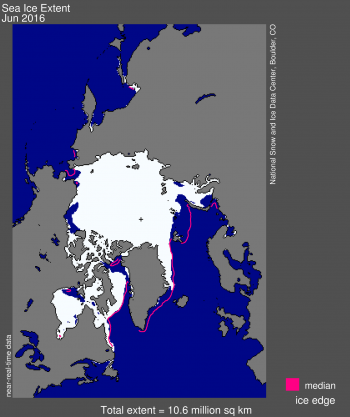I found myself turning up my nose a bit when I heard from the extraordinary Maine maritime photographer
Peter Ralston that he was heading for Greenland and the Northwest Passage - aboard a 56 meter luxury yacht named
Rosehearty, not Endurance or Intrepid or something that evokes noble suffering at sea.
But there is more than warmth to be said for going first class, rather than spartan like Richard Hudson's
Issuma, Matt Rutherford's
single-handed non-stop circumnavigation of the Americas, or Rockwell Kent's `
N by E' an account of a 33 foot cutter's voyage to Greenland.

Among the benefits is photography drones. Below is a shot of two humpbackwhales. Many more great shots are now on the
Rosehearty blog. I look forward to the contributions of Peter Ralston who came aboard on July 25 at Nuuk, Greenland.
Humpbacks on the Move — Rosehearty

Entrance to Nuuk, Greenland's largest city:











 v
v
















